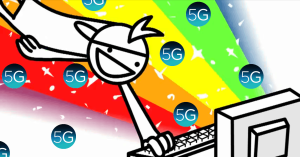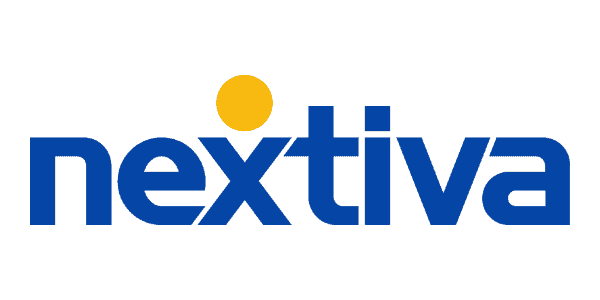 Raise your hand if you know what the G means behind the fancy-looking term 4G. It means that the wireless technology your Wi-Fi or mobile internet connection is based on is already in its 4th generation. However, 4G (and LTE) is already not enough, especially if you are using a VoIP system that highly relies on a stable internet connection. Thankfully a new solution is on its way: it is called 5G and it is expected to hit the market in 2020.
Raise your hand if you know what the G means behind the fancy-looking term 4G. It means that the wireless technology your Wi-Fi or mobile internet connection is based on is already in its 4th generation. However, 4G (and LTE) is already not enough, especially if you are using a VoIP system that highly relies on a stable internet connection. Thankfully a new solution is on its way: it is called 5G and it is expected to hit the market in 2020.
Why Do We Need 5G?
The reason behind the development of 5G is the continuously growing demand for mobile broadband. Simply put, the 2–12 Mbps speed provided by 4G/LTE is not enough, especially if we take into consideration the latest technological advancements like Ultra High Definition (UHD) videos and virtual reality (VR).

Furthermore, as solutions are getting cloud based (think of VoIP and other cloud solutions like accounting software), the internet is getting a little bit “crowded”, because the giant amount of data cannot go through to our devices fast enough. And what does your internet connection do when it has to process more and more data with the current capacity? It slows down, loses packets or, in worse cases, disconnects. Now this is something you don’t want to experience when you are placing or receiving calls via a cloud phone system, especially if that happens from a mobile device.
How 5G Will Improve VoIP
Bringing faster, more reliable internet that could handle all of our data without major drops in quality is just one part of the equation. Because 5G also means:
Increased Upload Speed
VoIP uses the UDP protocol that mostly focuses on keeping the stream uninterrupted with packet losses, jitters and sometimes disconnections. With an increased upload speed (promised to be around 10Gbps) 5G calls can be truly uninterrupted as the above problems will be insignificant, resulting in continuous, good quality.
Better Internet Coverage
The current wireless network is transmitted through massive cell towers capable of sending signals to far distances but at the cost of leaving so-called blind spots behind. 5G signals will be transmitted through multiple smaller network cells that will cover entire areas like a very thick spider web with the same quality.

UHD Video Conferencing (with VR)
Video conferencing is already a very convenient way of talking face to face to other people via the web. Now imagine this in 4k either on a computer or a mobile screen –accompanied by VR. Thus with 5G you will truly have the feeling that you and the other callers are actually sitting in the same room.
No More Slowing Down
As 5G can serve multiple devices at the same time with the same internet quality, you don’t have to turn off any of your devices just to be able to place and receive crystal clear calls.
Best VoIP Systems of 2024
| Rank | Provider | Info | Visit |
|
1
|
Editor's Choice 2024
|
|
|
|
2
|

|
|
|
|
3
|
|
|
Get the Best Deals on Virtual Phone Systems
Our monthly newsletter delivers the latest virtual phone systems deals, trends and reviews directly into your inbox.
Share Your Comment